Table of Contents
- La Nina Di Indonesia Dapat Mengakibatkan | Fenomina
- La Nina Sedang Berkembang di Samudra Pasifik, BMKG: Waspadai Dampaknya ...
- La-Nina Explained: अल-नीनो के बाद अब क्या है ये ला नीना, जिसका इस साल ...
- Fenomena La Nina Tingkatkan Curah Hujan di Indonesia - Foto Liputan6.com
- La Nina: Australia on high alert for return of major weather system ...
- La Nina - .00 : MoonlightValleyFarm.com - Store
- LA NINA – RS Islam Surabaya
- Get to know the La Nina Phenomenon that Threatens Indonesia: the ...
- La Niña
- Penyebab La Nina yang Bakal Hantam Indonesia, Ini Prediksi Terjadinya ...
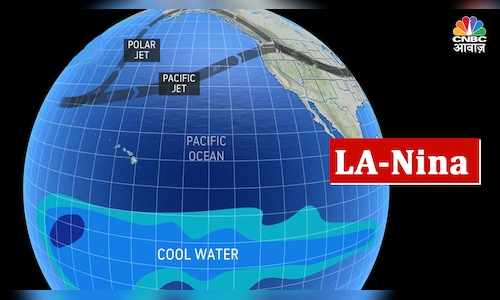
:strip_icc():format(webp)/kly-media-production/medias/4884693/original/045796700_1720262157-20240706-La_Nina-ANG_4.jpg)
The La Niña event, which began in August 2020, was marked by intense rainfall and flooding in some parts of the world, while other areas experienced severe droughts. The phenomenon also contributed to a busy hurricane season in the Atlantic, with several powerful storms making landfall in the United States and the Caribbean. However, La Niña's impact was not limited to the Americas, as it also affected weather patterns in Africa, Asia, and Europe.

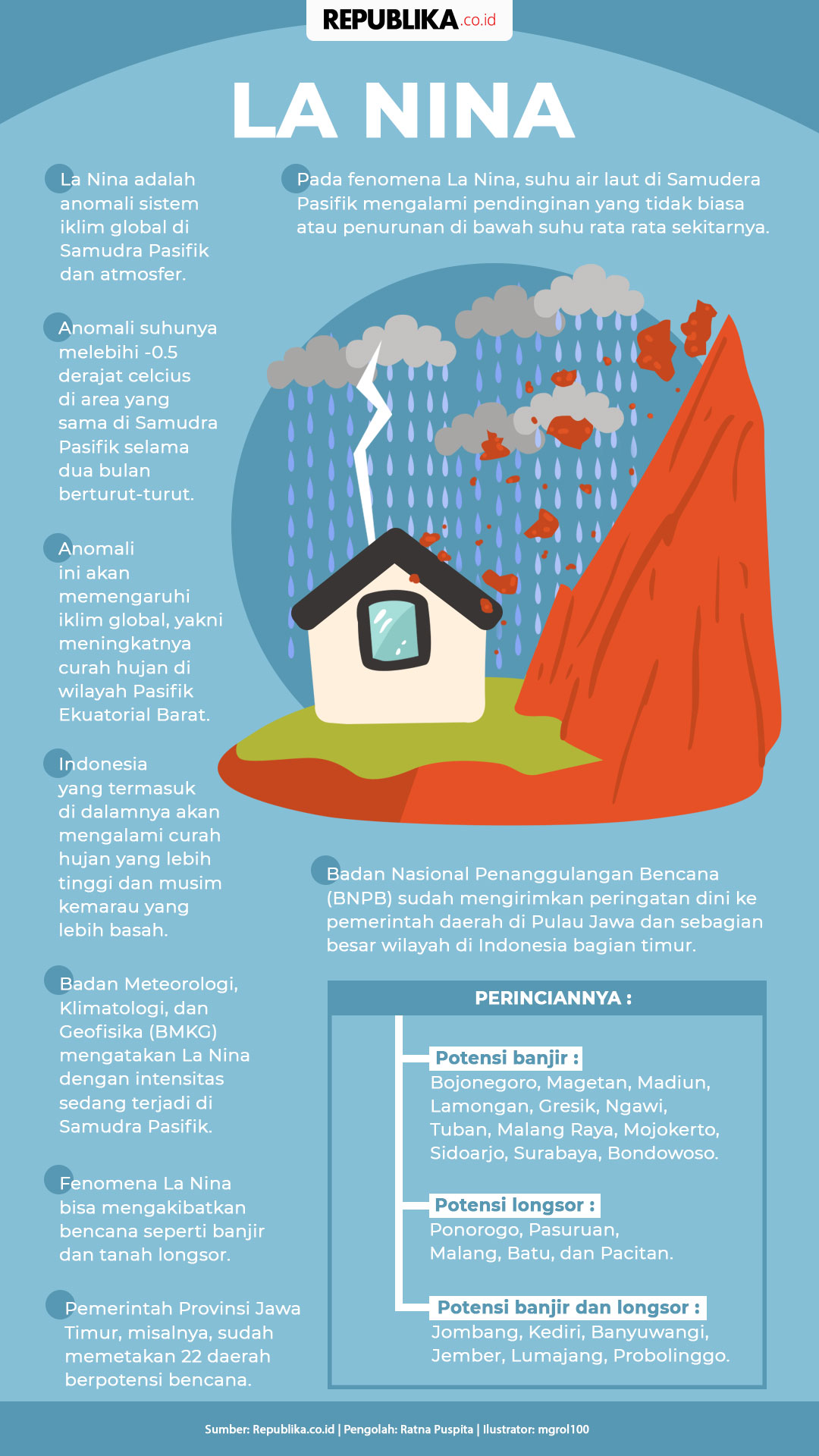
What happens after La Niña?
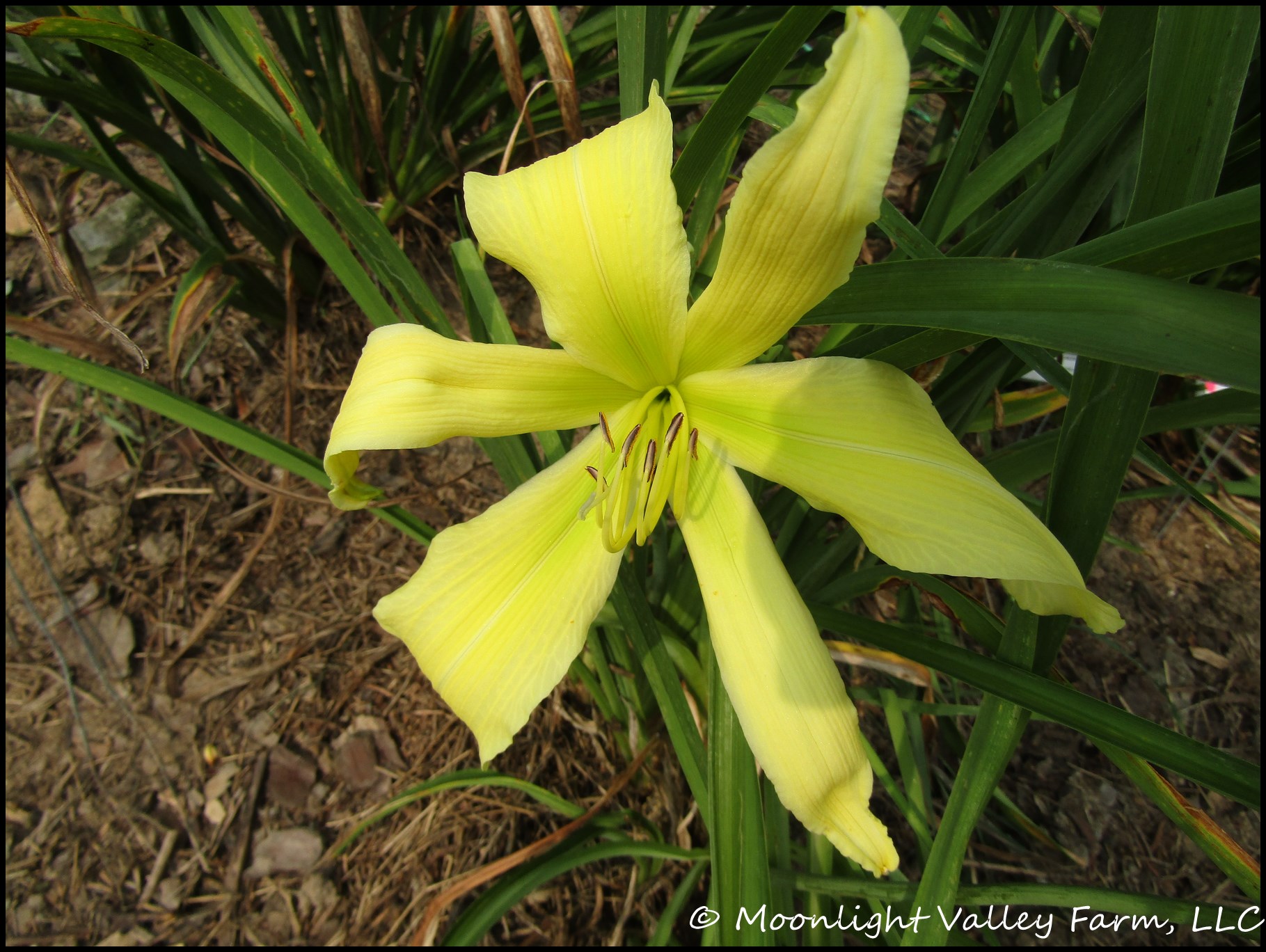

According to climate scientists, there is a 50% chance that the ENSO cycle will transition to a neutral phase, which means that global weather patterns will return to normal. However, there is also a 30% chance that an El Niño event could develop, which would bring warmer-than-average sea surface temperatures to the eastern Pacific Ocean. This, in turn, could lead to droughts in some parts of the world and increased rainfall in others.


Potential impacts on global weather patterns
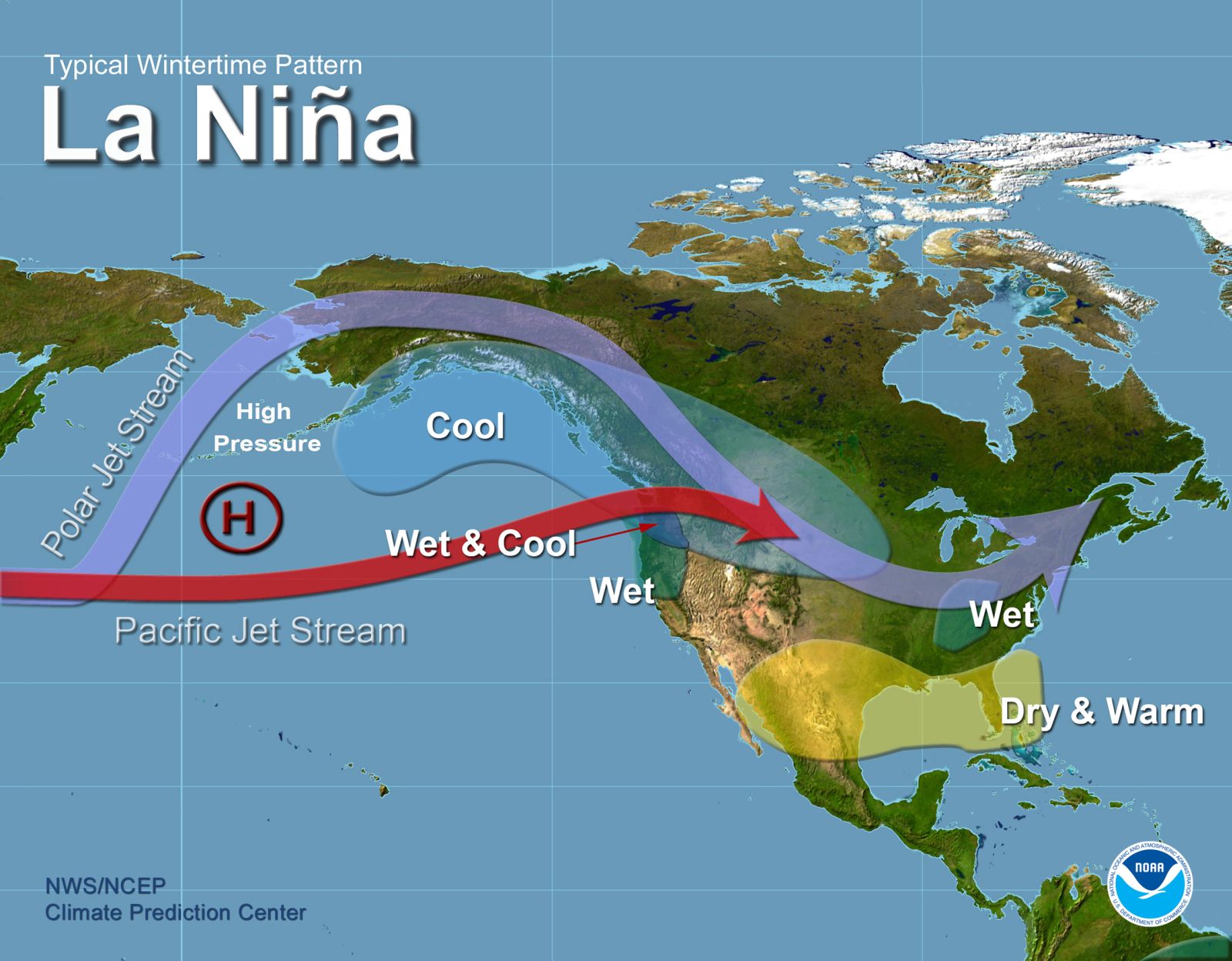
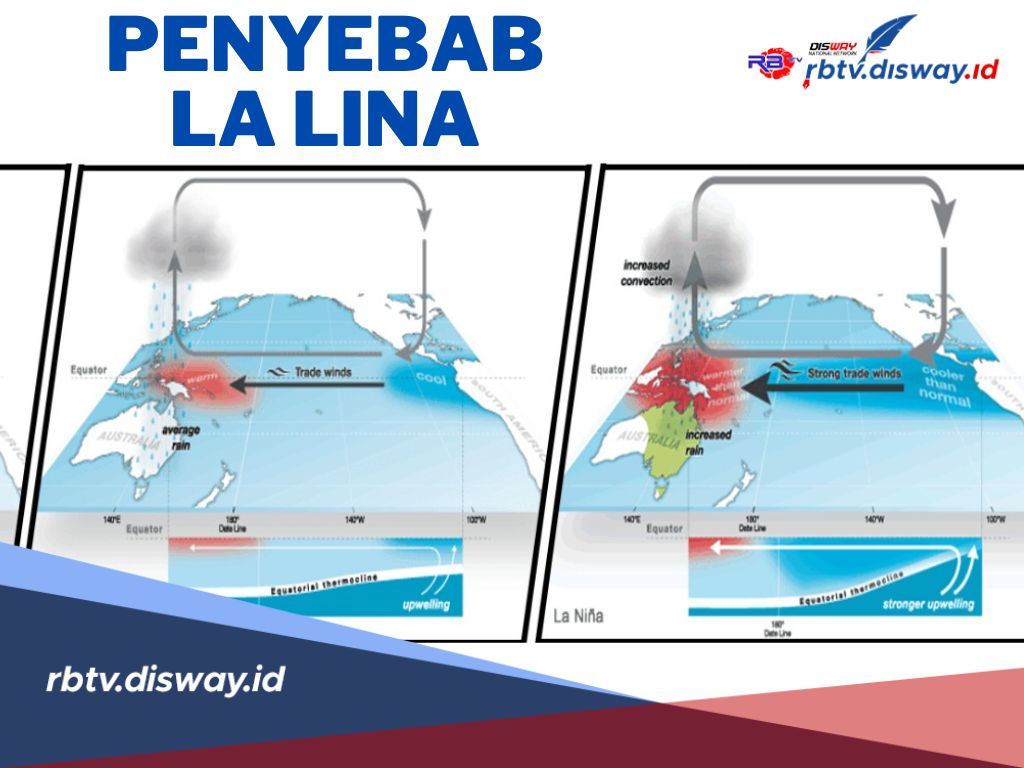
While it's difficult to predict with certainty what will happen next, one thing is clear: the end of La Niña marks a significant shift in global weather patterns. As climate scientists continue to monitor the ENSO cycle, we can expect to see changes in weather conditions around the world.
In conclusion, the end of La Niña's odd, short life marks a new chapter in global weather patterns. While it's uncertain what the future holds, one thing is clear: the ENSO cycle will continue to play a significant role in shaping our climate. As we move forward, it's essential to stay informed about the latest developments and be prepared for any changes that may come our way. Whether you're a farmer, a policymaker, or simply someone interested in the weather, understanding the ENSO cycle and its impacts is crucial for navigating the complex and ever-changing world of global climate patterns.